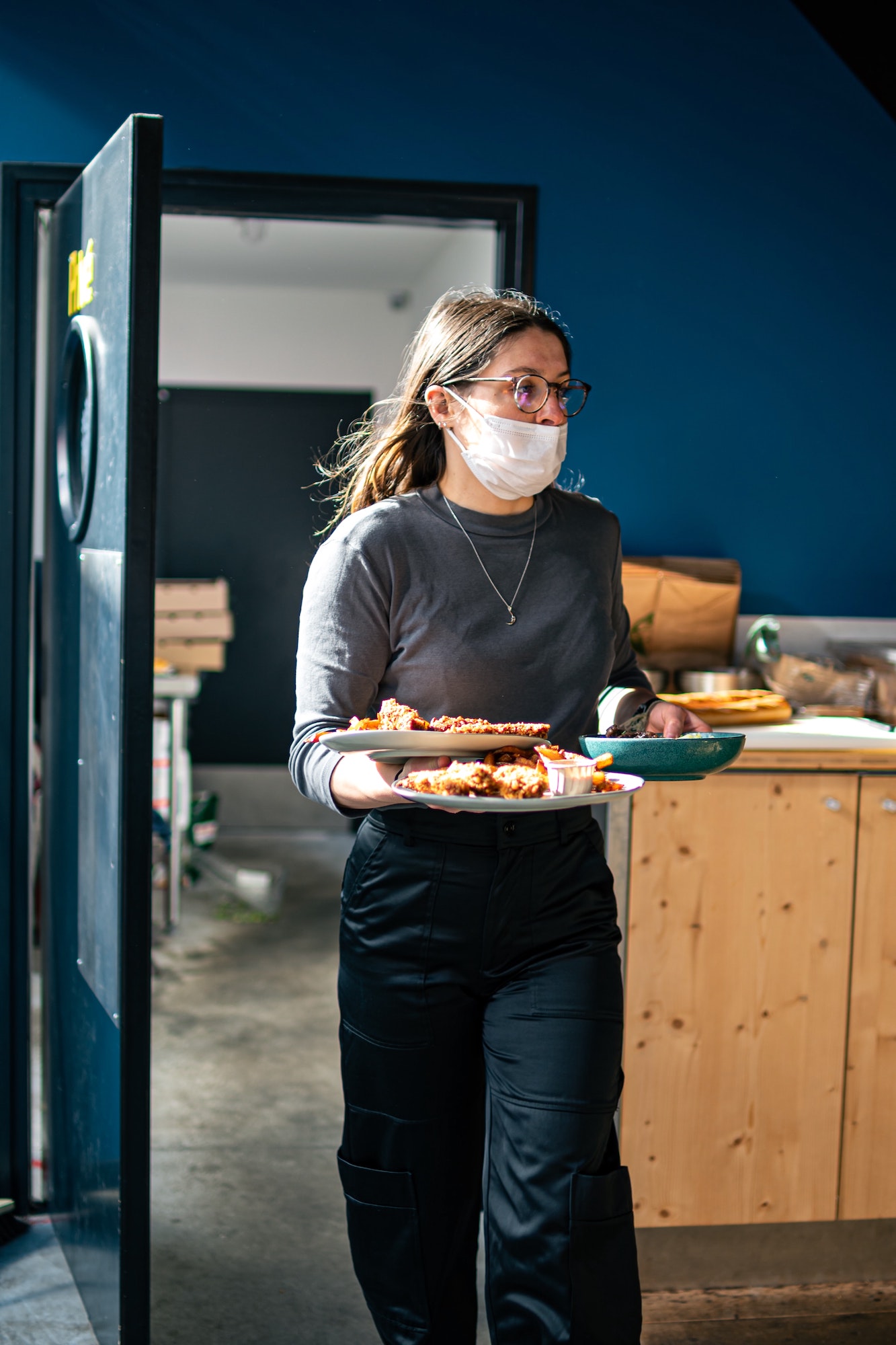The beauty is in the details. The warmth in the welcome. The quick, almost instinctive response to your needs. The little extras you don’t expect from kin, much more a stranger. While food is the main event at any restaurant, service is what oftentimes seals—or breaks—the deal.
Good service is a balancing act between meeting guest expectations and delivering on what the establishment promises. Oftentimes, especially locally, service is hugely reliant on two things: the friendliness of their service and the quickness of their turnover. Restaurant owners often advise their people to treat guests like family or as visitors to their homes.
However, while this might seem like a fitting metaphor, it does not cover the large gray area that defines good service. For one, the expectations of a paying customer is completely different from, say, a friend having merienda in your lanai. A guest in your home, regardless of how watery the coffee is or how cold the baked spaghetti you nuked in the microwave is, will smile graciously and nibble away as any good guest would. Is that the same reaction restaurateurs can expect from their clientele? Most definitely not.
Good fellas

Filipinos have a reputation for being hospitable and friendly, and perhaps we rely too much on this characteristic. Slow, clumsy service is glued together by sheepish smiles and profuse apologies, hoping for the customer’s understanding and mercy. “Pasensya na po” rolls out all too easily these days, and then people wonder how we got to this point of being so accepting of mediocrity.
“Pasensya na po” rolls out all too easily these days, and then people wonder how we got to this point of being so accepting of mediocrity.
In Western countries where service might seem more cold or aloof, high marks are given to efficient, non-obtrusive attention. At iconic Brooklyn and Long Island steakhouses Peter Luger Steakhouse, the octogenarian servers are known to be cranky, even snarky, but you can be sure your glasses will always be replenished and food delivered hot.
A local noteworthy eatery seems to be going for the same unimpressed, New Yorker approach in their front-of-house. Sadly, without actual skills to back them up, the half-baked attempt at attitude simply reflects a false sense of superiority and poor training. Why they think acting like a dick will add value to their operation, I sincerely do not know. Regardless of geography, a guest would pick a polite, well-meaning oaf over a cocky idiot any day.
Knowledge power
Truly, warm and friendly service needs to be paired with in-depth product knowledge. It doesn’t matter if it’s about the secret menu in a fast food joint or the perfect wine pairing with sweetbreads—a server needs to know more than their guests. Product knowledge is not only the number one tool needed for suggestive selling, but it also gives the impression of food that is well-prepared and thoughtfully conceptualized. When servers know the menu well and give recommendations with confidence, it says “the food here is so good, we cannot even shut up about it.”

Marc Aubry’s servers in Sagana (formerly Je Suis Gourmand and Champetre) know the menu like the back of their hands, handing out recommendations after reciting the specials from memory. In Spring Deer at Tsim Sha Tsui, the ancient servers carve their emblematic Peking ducks tableside, one of them imparting sage knowledge: “You should take a photo. It’s really good,” he proudly says.
Drawing the line
Pride in the product—and ultimately in one’s work—is a good base for delivering excellent service. While frontliners are usually trained to believe that the “customer is king,” this is not necessarily doctrine. A good server needs to be discerning of their guests’ demands as well, knowing when to cater to their needs and also when to draw the line.
Ryan Cruz of Ramen Yushoken and Mendokoro Ramenba is notorious for refusing takeouts and not allowing alterations to his ramen dishes. His staff are trained to be bullish about this. While many might mistake this stubbornness for arrogance, I see it as a commitment to quality. It makes sure that every time you tuck into a bowl of their ramen, it is going to be the same delicious noodles you learned to love. In the end, the customer wins.
When servers know the menu well and give recommendations with confidence, it says “the food here is so good, we cannot even shut up about it.”
Proper, consistent service is easy to attain when an establishment works as a team. Casual Italian chain Cibo’s servers are always amiable and alert regardless of the branch, a sign that the commitment to consistency comes from the top. Matched with an efficient kitchen that does not break down even during peak hours, and they’ve got themselves an unbeatable formula. At M Dining, Tippi Tambunting runs a tight ship with executive chef Tom Bascon and head sommelier Gigi Varua making sure service out front is the perfect mix of relaxed yet elegant.
Good service is available in Manila, but you will have to look hard to find it. Restaurateurs have yet to realize how truly vital it is to their business and that finding good help—and training them well—should always be part of their investment. Like good food, it is something guests should not have to demand. When consistently warm, efficient, and knowledgeable service is being freely given like water, then somebody is obviously doing things right.





